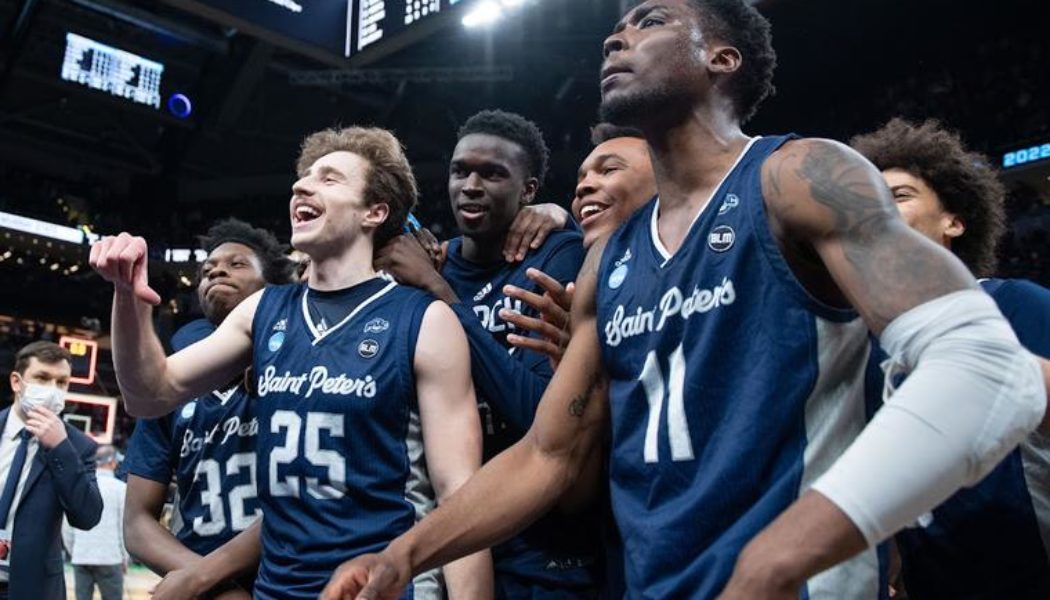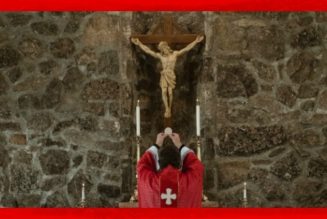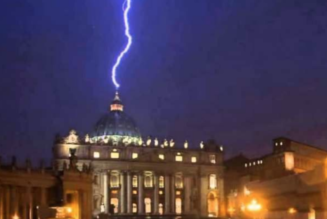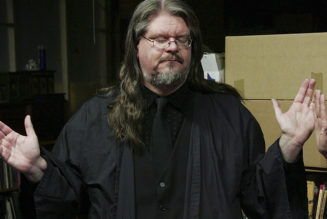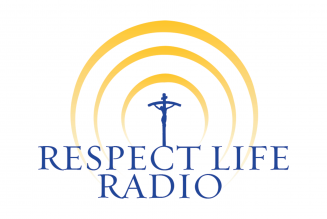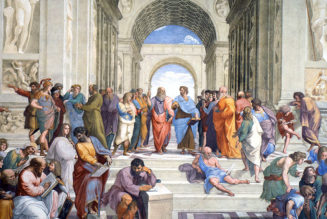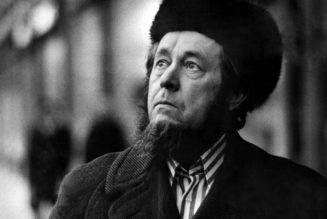
Of the 11 men’s basketball teams from Catholic universities that qualified for this year’s NCAA tournament, four made it through the first two rounds to the Sweet Sixteen.
For the most part, they’re from the “usual crowd” of Catholic collegiate basketball excellence: the Gonzaga Bulldogs were the number one overall seed and last year’s runners-up (though they fell to the Arkansas Razorback Thursday night); the Villanova Wildcats, a two seed, are looking for their third national championship in seven years (and beat Michigan to move on); and the four-seeded Providence Friars, though making their first Sweet Sixteen appearance since 1997, are a regular NCAA tourney participant, qualifying six times in the last nine years.
And then there’s St. Peter’s University, home of the Peacocks.
Unlike their Catholic peers, the Peacocks can’t compare this current run to any previous March Madness success. This is the first time the school has ever made it out of the first round, losing in each of their previous four appearances. And they entered this year as a lowly 15 seed, the equivalent of an afterthought.
But after upsetting the Kentucky Wildcats, a two-seed whose coach makes 1.3 million more dollars a year than St. Peter’s University spends on its entire athletic department, and getting by the Murray State Racers, the squad representing the tiny Jesuit university in Jersey City finds itself in the midst of a Cinderella story, and the darlings of basketball fandom. The Peacocks have a chance to move on to the Elite Eight, with a Friday night matchup against three-seeded Purdue.
“It’s huge,” said point guard Daryl Banks III after leading the Peacocks to their overtime victory over Kentucky. “We come from Jersey, a small school, probably a lot of people don’t even know who we are.”
The unheralded, under-resourced, underdog mentality that characterizes the Peacocks basketball team is a remarkable contrast from the Gonzagas and Villanovas of the world, and it’s a difference that carries over from the court to the classroom and campus, too.
St. Peter’s was founded 150 years ago, like most other Catholic universities of the time, to provide a Catholic education to the children of immigrants. Jersey City, after all, was the initial landing place for German, Italian, Irish and other newcomers after they passed through Ellis Island.
But whereas other Catholic schools evolved over the decades to serve the children of an increasingly affluent and integrated American Catholic population, St. Peter’s has maintained its initial focus. The proportion of first-generation college students and students from immigrant families is considerably higher than you’ll find at other, more illustrious Catholic universities, such as Fordham, a Jesuit college across the Hudson River in Manhattan, or the diocesan-affiliated Seton Hall in Newark (who lost in the first round of the NCAA tournament).
“Serving that population and choosing to serve that population — that’s kind of the ‘red thread’ through St. Peter’s history,” explained Jesuit Father Andrew Downing, the university’s vice president of mission and ministry.
As a result, the St. Peter’s student body looks different than most Catholic universities, and certainly those that have established themselves as collegiate basketball powerhouses. About half of the students are Hispanic, a fifth are black, and another fifth are white.
The university’s campus — about two city blocks in a residential part of Jersey City — is also more humble than the grandiose layouts you’d find at more illustrious Catholic universities. St. Peter’s 3,550 students tend to come from more underprivileged economic backgrounds. Seventy-five percent of the students are commuters from the surrounding area, many of them working a part-time job while they study.
These factors make St. Peter’s distinctive in Catholic higher ed — at least when compared to the 26 other Jesuit universities in the U.S.
“We kind of give some expression to the diversity of Jesuit education,” explained Father Downing. “A lot of our sister schools in the Jesuit system look at us and say, what you’re doing is great. You’re teaching a group of students that we can’t.”
Father Downing says this unique focus is in part a choice, but also something of a necessity. St. Peter’s never developed the national profile of Catholic schools like Notre Dame (lost in the second round), or even the regional reach of Jesuit schools like Creighton or Marquette (both of whom are also out of the tourney). Therefore, the student population has always been primarily made up of young adults from the surrounding area — an area that is increasingly diverse, its demographics considerably different than when Catholic immigration populations provided the brunt of St. Peter’s students.
This presents some unique challenges to a Catholic institution of higher education. The majority of the students at St. Peter’s are non-Catholic, and a sizable portion come from other faiths entirely, such as Islam. Father Downing, who earned a doctorate in theology from Notre Dame and has previously taught at the Gregorian University in Rome, also notes that it can be a “tough sell” to emphasize an education grounded in the Catholic intellectual tradition and the liberal arts at a time when the practical and economic value of a college degree is overvalued in society.
Still, he sees St. Peter’s as carrying out an important dimension of the mission of Catholic higher education, offering students from less privileged backgrounds something “more than preprofessional training,” “not because they’re Catholic, but because we’re Catholic.”
Additionally, Father Downing says that by serving a large non-Catholic student body, St. Peter’s can be a place where young people who otherwise wouldn’t run into Catholicism can encounter the faith — whether that’s in one of the required theology courses, which Father Downing himself has taught, at the university’s opening day Mass, or at St. Peter’s campus ministry, which “does its best to help a small core of Catholic students deepen their faith, while at the same time being open and giving others a chance to explore and learn about and even relearn [the faith].”
St. Peter’s might not be the ideal Catholic university according to Ex Corde Ecclesiae and it likely won’t be featured in the Newman Guide for faithful Catholic colleges anytime soon. The majority of faculty aren’t Catholic, there’s an officially recognized LGBT student group, and some might say the university’s support for the practice of Islam on campus relativizes its Catholic mission.
But Father Downing himself has been hailed for helping to restrengthen St. Peter’s Catholic identity since he took an administrative role in 2018. Student leaders of the Knights of Columbus campus council at the time described him to the student newspaper as a “Christ-like figure” who is “going to nurture and nourish people back to Christ,” and as a “visible sign of our university’s commitment to Catholic principles,” which had been “underrepresented for a long time.”
And at a time when the social realities on the ground simply don’t line up with the conditions within which many Catholic schools were founded and embarked on their mission, Father Downing argues that St. Peter’s is perhaps forging a new way that a Catholic university can play a part in the Church’s universal mission — and keep its doors open.
“We can shed tears about how things aren’t the way they were, but that’s not where we are,” he said, noting that the university needs to be faithful to its Catholic identity while also not imposing the faith on a largely non-Catholic student body. “It’s a struggle, but how can the university evangelize?”
The Jesuit priest noted that he might not use that language with every group he speaks to, “but I’m certainly here to help present a Catholic life, to help people find their way to the Catholic Church or alongside the Church at this moment, and to open up the possibility that religion can have a place in society.”
Father Downing knows that the Peacocks tournament success is raising the university’s profile, and could lead to a boost in admissions and donations. For instance Duke’s famed Catholic coach, Mike Krzyzewski, said he expects St. Peter’s run to “transform an already outstanding university,” leading to an influx of “tens of millions” of dollars for the previously unknown Jesuit school.
Be that as it may, Father Downing says St. Peter’s isn’t interested in going the way of some of its Catholic peers, who’ve ridden basketball success to national recognition and greater affluence.
“We’re not interested in becoming a basketball school. We’re interested in providing what we’ve provided for years, even before we made it to the Sweet 16, and that’s opportunities for all students that they can take with them when they graduate.”
If the Peacocks are going to continue their Cinderella story, they’ll need to dig deep once again: they’re 12.5 point underdogs to the Boilermakers.
Then again, beating the odds and overcoming obstacles are some of the defining hallmarks of the small, gritty Jesuit university and its student body, Father Downing says. After all, its peacock mascot, an ancient symbol for resiliency, was chosen when the school reopened in 1930 after being closed during World War I.
“It’s kind of in the ethos of the place.”
And on Friday night, a growing national audience of Peacock supporters will hope that underdog spirit translates once again to the court.
Join Our Telegram Group : Salvation & Prosperity
